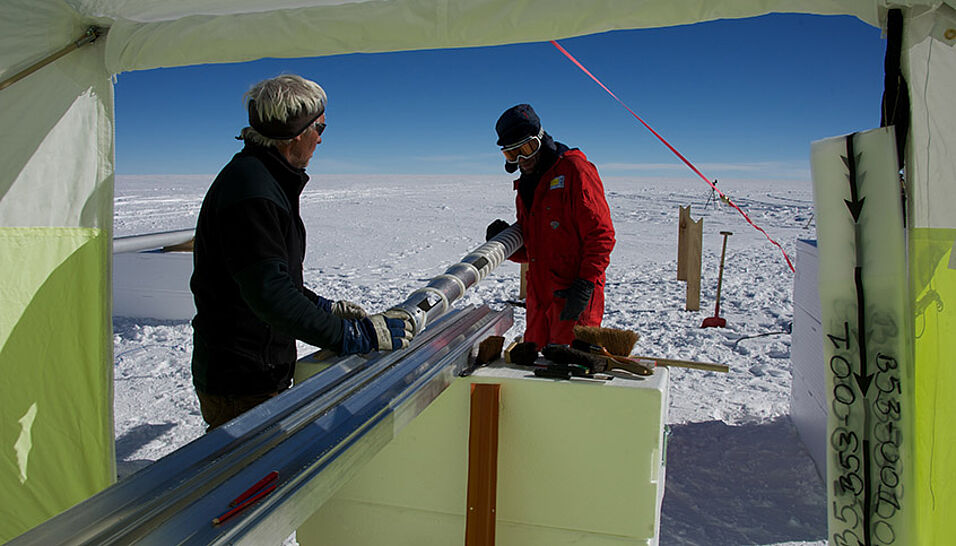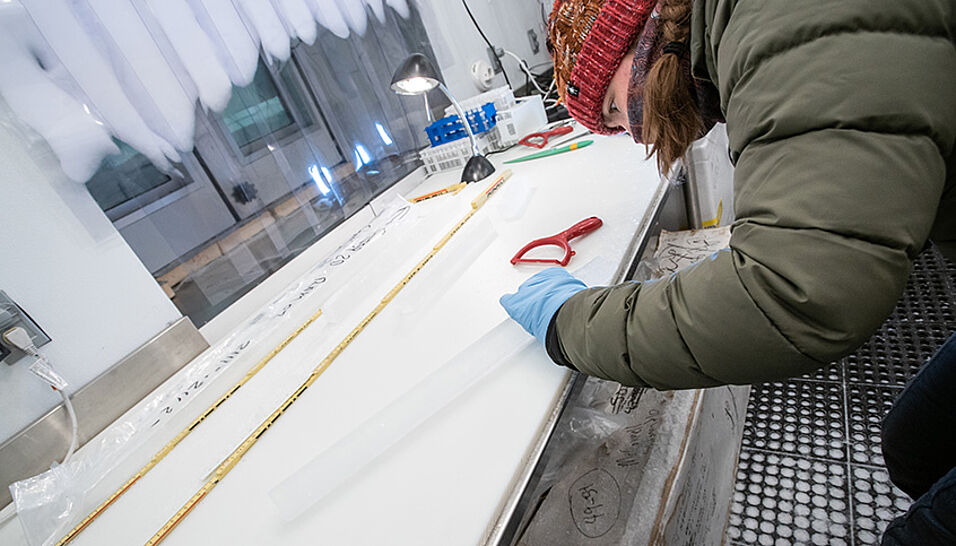Human activity, from burning fossil fuels and fireplaces to the contaminated dust produced by mining, alters Earth’s atmosphere in countless ways. Records of these impacts over time are preserved in everlasting polar ice that serves as a sort of time capsule, allowing scientists and historians to link Earth’s history with that of human societies. In a new study, ice cores from Antartica show that lead and other toxic heavy metals linked to mining activities polluted the Southern Hemisphere as early as the 13th century.
“Seeing evidence that early Andean cultures 800 years ago, and later Spanish Colonial mining and metallurgy, appear to have caused detectable lead pollution 9,000 km away in Antarctica is quite surprising,” said Joe McConnell, Ph.D., research professor of hydrology at the Desert Research Institute (DRI) and lead author of the study
First Assessment of Toxic Heavy Metal Pollution in the Southern Hemisphere over the last 2000 Years
The study, published Dec. 30th in the journal Science of the Total Environment, was led by McConnell’s team at DRI along with collaborators in Norway, Austria - the Department of Meteorology and Geophysics at the University of Austria -, and Germany, as well as in Florida. It is the first time that scientists have assessed human impacts on lead pollution in Antarctica as far back as 2,000 years ago. It is also the first detailed assessment of thallium, bismuth, and cadmium pollution. In addition to lead, these heavy metals (save for bismuth at low levels) are considered highly toxic and harmful to human and ecosystem health.
The team found that the first increase in heavy metal pollutants – specifically lead – started around the year 1200, coincident with the establishment of urban communities by the Chimú people on the north coast of South America.
Chimú people needed silver and other metals
“These settlements required vast amounts of silver and other metals obtained through mining,” said University of South Florida archaeologist and study coauthor, Charles Stanish, Ph.D. Lead is often found in silver ores, and samples of lake sediments in the Potosí region of Bolivia also suggest lead emissions throughout the 12th and 13th centuries, consistent with the Antarctic ice records.
More lasting and consistent pollution began soon after the 1532 arrival of Spanish settlers in South America, when Potosí became the primary supply of silver for the Spanish Empire and the largest single source of silver in the world. The ice records show a marked decline in lead pollution between approximately 1585 to 1591, when severe epidemics ravaged Andean communities. The team was able to compare silver registrations at the Colonial Mint in Potosí to the ice core data, finding that they lined up with the pollution drop in the Antarctic.
Precisely dated ice records
“Although Antarctica’s remote location thousands of kilometers from South America and Australia means that only trace amounts of pollutants are deposited and preserved in the ice, the precisely dated, year-by-year records can give insight into how, and when, human pollutants impacted the entire hemisphere,” says coauthor and atmospheric modeler, Andreas Stohl, Ph.D., of the University of Vienna.
As expected, pollutants increased significantly following industrialization, with large spikes at the start of Australian lead mining during the late 19th century. There are also marked declines in the records corresponding with both World Wars and the Great Depression, demonstrating the worldwide impacts of industrial activities and political events in the Northern Hemisphere.
The study results from the analysis of five different ice cores extracted from the East Antarctic ice sheet at DRI’s Ice Core Lab, a unique facility with instruments capable of detecting trace amounts of metals in ice and snow. Thanks also to to advancements regarding the method, this study offers a deeper look into history than previously possible. Prior studies were unable to identify heavy metal pollution that preceded the industrial age because it was impossible to differentiate between the metals produced by volcanic eruptions and those produced by human activity. For this study, the team used thallium levels recorded in the ice to estimate and subtract the volcanic background levels of lead, bismuth, and cadmium, which allowed them to identify when human-sourced pollution started, as well as the magnitude.
McConnell says that he and his team hope to use the techniques developed in this study to refine understanding of pre-industrial pollution levels in the Arctic, where mining and metallurgy were more pronounced far earlier in human history than in South America.
Read the whole press release by the DRI
Publication
More information: The full study, Hemispheric-scale heavy metal pollution from South American and Australian mining and metallurgy during the Common Era, is available from Science of the Total Environment at https://doi.org/10.1016/j.scitotenv.2023.169431
Study authors include: Joseph McConnell, Nathan Chellman, and Sophia Wensman (DRI), Andreas Plach (UNIVIE), Charles Stanish (U. of South Florida), Pamela Santibáñez (DRI), Sandra Brugger (DRI), Sabine Eckhardt (Norwegian Institute for Air Research), Johannes Freitag and Sepp Kipfstuhl (Alfred Wegner Institute), and Andreas Stohl (UNIVIE)



